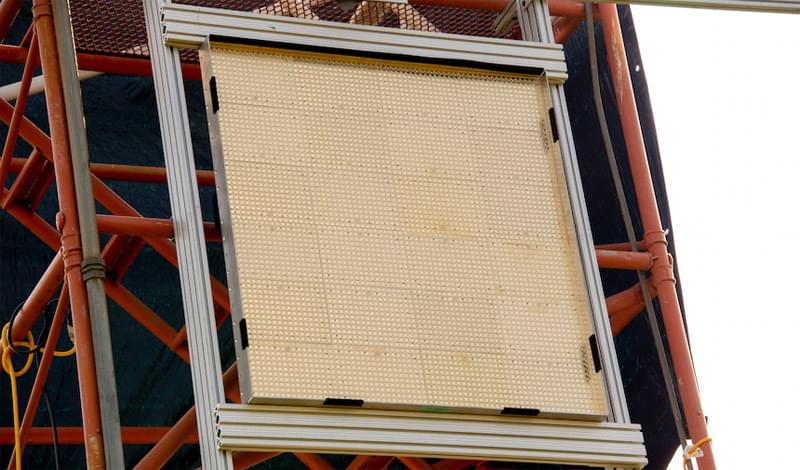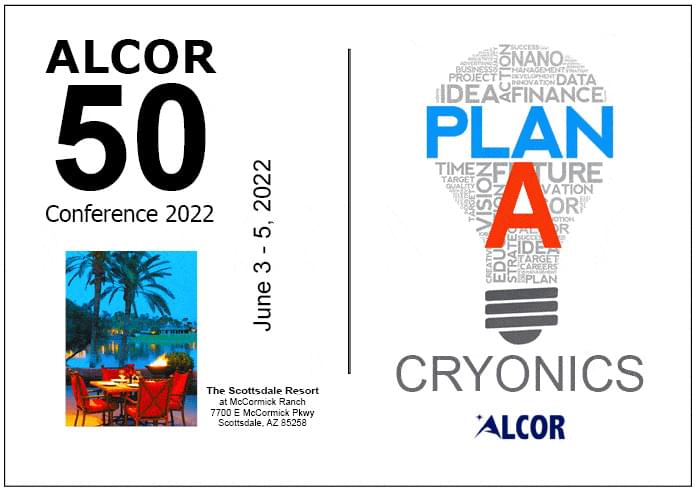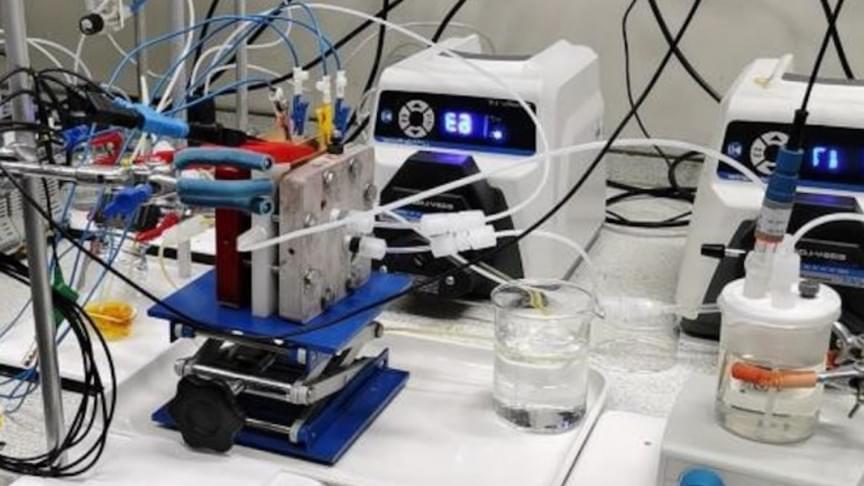Ex-NASA astronaut says we must fix Earth’s big problems before we colonize other planets.
He tells Inverse that humans should seek to colonize distant planets. But before that happens, he acknowledges the tremendous amount of work that needs to be done on Earth first.
“We need to spread human presence throughout the Solar System and beyond, but we need to do it as ambassadors of a thriving planet,” Garan says. “We can’t do it as refugees escaping environmental disaster.”
The comments come as figures like SpaceX CEO Elon Musk and Blue Origin founder Jeff Bezos call on humanity to establish permanent settlements in space. Musk has repeatedly claimed he wants to establish a city on Mars by 2050, while Bezos wants to build giant, floating cities in Earth’s orbit.







